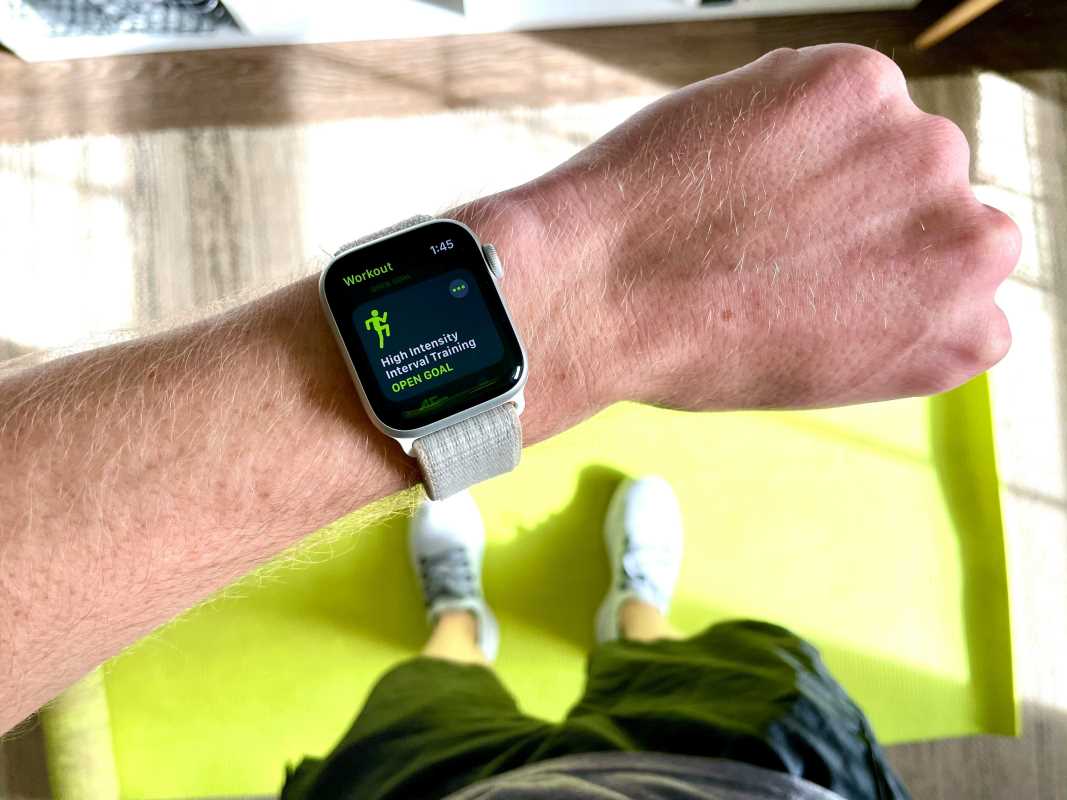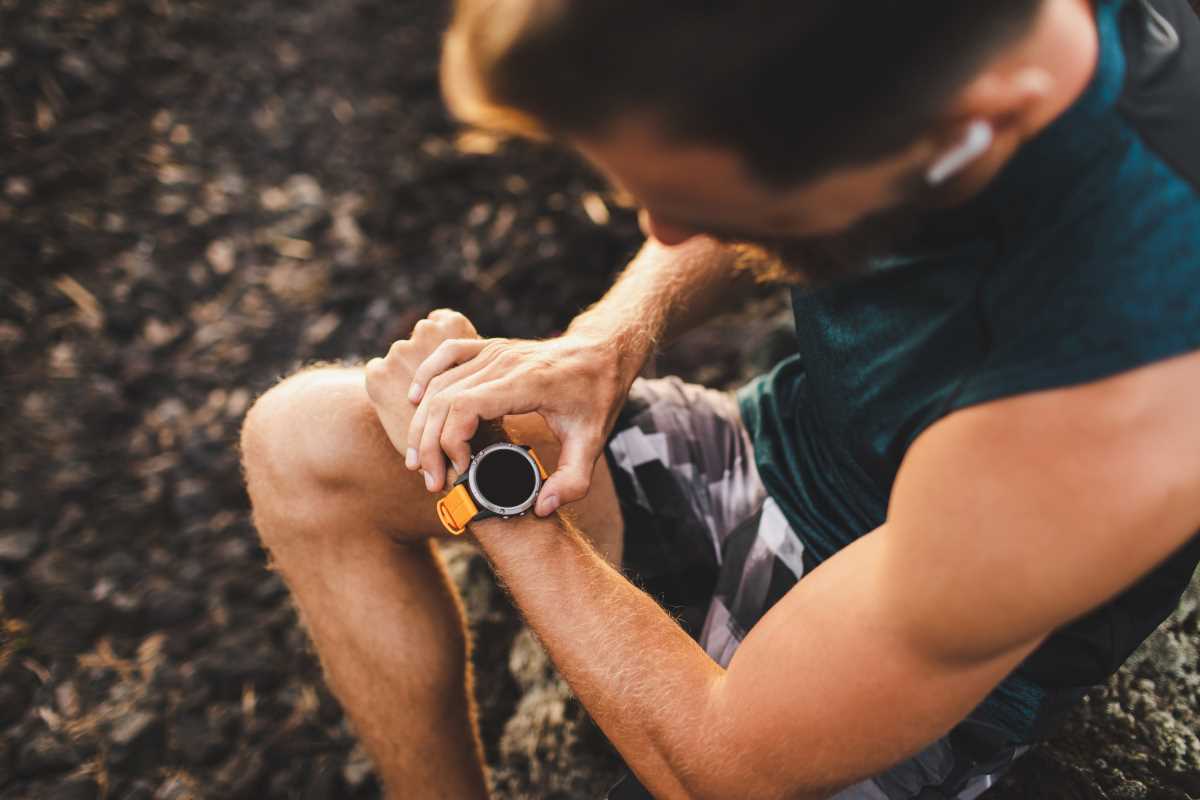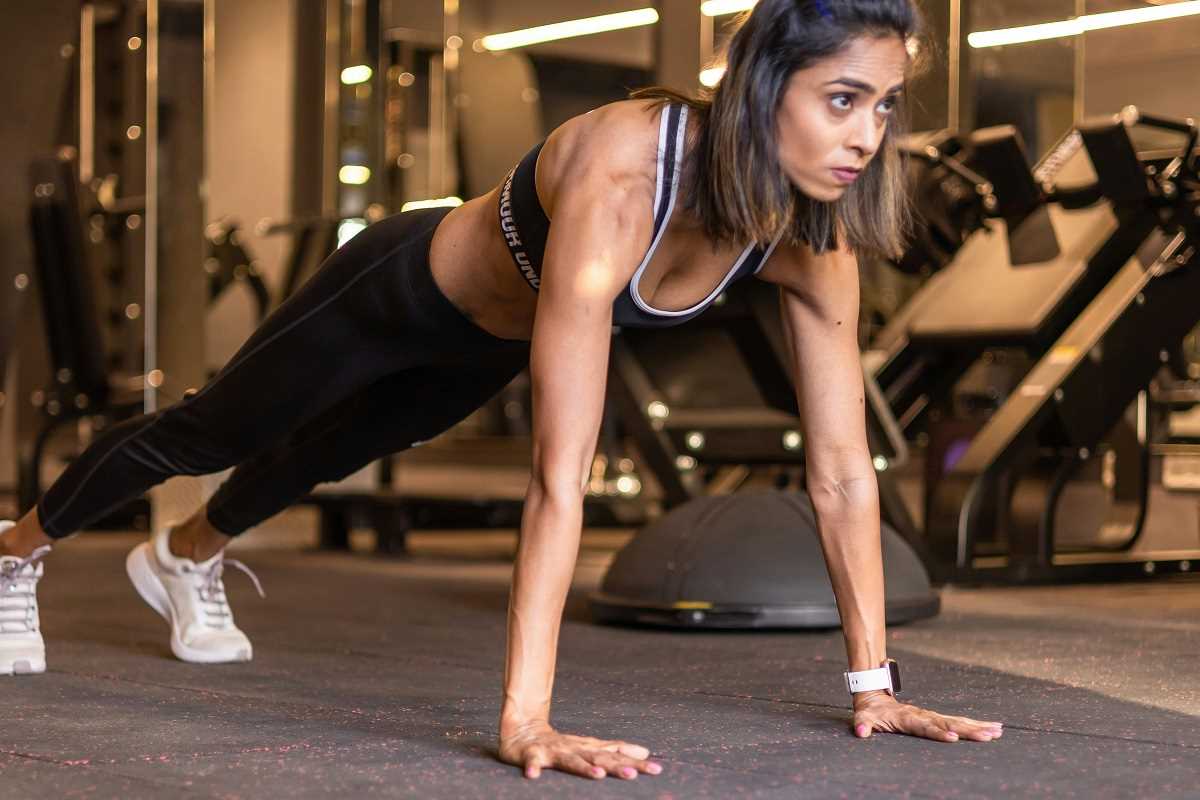Imagine an athlete who knows they're about to hit a wall before they feel it, a coach who can prevent an injury by analyzing a player’s stride in real-time, and a team that recovers faster and performs stronger, all thanks to data. This isn't a scene from a sci-fi movie; it's the reality of sports in 2025, powered by incredible wearable technology!
From smart contact lenses to biometric patches, wearable tech has evolved from simple step counters into sophisticated systems that are revolutionizing how athletes train, compete, and recover. Get ready to explore the game-changing devices that are pushing the boundaries of human potential and giving athletes a brand-new competitive edge!
The Data-Driven Athlete: Beyond Basic Metrics
For years, athletes have tracked heart rate and distance. Now, the new wave of wearable tech provides a much deeper, more holistic view of the body. These devices are like having a personal sports scientist with you 24/7, offering insights that were once only available in elite labs. This data-driven approach is helping athletes optimize every aspect of their performance.
The global market for sports technology is booming, projected to reach over $86 billion by 2033. This incredible growth is fueled by innovations that provide actionable, real-time feedback, turning every workout and recovery session into a strategic advantage.
Cutting-Edge Wearables of 2025
The latest devices are smaller, smarter, and more integrated than ever before. They are designed to be seamless, providing powerful data without getting in the way of performance. Let’s look at some of the most exciting products changing the game this year.
Smart Contact Lenses: A New Vision for Performance
One of the most futuristic innovations is the smart contact lens. These tiny marvels sit directly on the eye and are packed with micro-sensors that provide unbelievable insights.
- Continuous Glucose Monitoring: For athletes, managing energy is everything. Smart contact lenses can analyze tear fluid to track glucose levels in real-time. This allows them to fuel perfectly, avoiding the energy crashes that come from low blood sugar during a long race or intense match.
- Augmented Reality Overlays: Imagine a cyclist seeing their speed, heart rate, and power output projected directly in their line of sight, or a quarterback seeing tactical plays overlaid on the field. This technology provides hands-free data, allowing athletes to make split-second decisions without looking down at a screen.
Biometric Patches: Stick-On Health Monitors
Forget bulky chest straps. The newest way to track your vitals is with a simple, skin-adherent biometric patch. These flexible sensors stick directly to the body and provide continuous, clinical-grade data.
- Hydration and Electrolyte Tracking: Dehydration can crush performance. Biometric patches can analyze sweat to monitor hydration levels and electrolyte balance in real-time, alerting an athlete when it’s time to drink up or take in more sodium.
- Continuous Lactate Monitoring: "Hitting the wall" is often caused by a buildup of lactic acid. These patches track lactate levels non-invasively, helping endurance athletes understand their metabolic threshold and pace themselves for peak performance without burning out.
Next-Gen Smartwatches and Rings
The smartwatch has become a command center for athletic performance, and the latest models are more powerful than ever.
- The Oura Ring 4: This sleek, lightweight titanium ring is packed with advanced sensors. It tracks heart rate variability (HRV), body temperature, and detailed sleep patterns. Its "readiness score" tells an athlete how recovered they are and whether they should push hard in training or take an easy day.
- Apple Watch Ultra and Samsung Galaxy Watch 6 Pro: These high-performance watches are designed for elite athletes. They offer features like VO2 max calculations (a key measure of aerobic fitness), ECG monitoring for heart health, and even blood pressure trending. In 2025, they’ve also expanded into mental health tracking by monitoring indicators of stress.
How Pro Athletes Are Using This Tech
Professional teams and elite athletes are early adopters of this technology, using it to gain a critical edge over the competition.
The NFL’s Cleveland Browns, for example, have collaborated on studies using muscle-oxygen sensors to guide rehabilitation for players recovering from major injuries like ACL tears. By monitoring how well the muscle is recovering, trainers can create highly personalized plans that can get players back on the field faster and safer.
In professional soccer, GPS vests like the Catapult Vector S7 are standard. These systems provide coaches with incredibly precise data on player movement, sprint speed, and workload distribution. When combined with biometric data, coaches can make fatigue-based substitutions to prevent injuries before they happen.
A New Approach to Injury Prevention and Recovery
Perhaps the most significant impact of wearable tech is in injury prevention. Advanced AI algorithms can analyze data from wearables to identify subtle changes in an athlete’s movement patterns or signs of fatigue that could lead to injury.
- Predictive Analytics: By analyzing an athlete’s gait, muscle activation, and workload, AI can flag an increased risk of injury, allowing coaches and trainers to intervene with targeted strengthening exercises or rest. Some studies show this can reduce injury rates by up to 30%.
- Optimized Recovery: Recovery is just as important as training. Wearables provide detailed insights into sleep quality, heart rate variability, and other recovery metrics. This allows for personalized recovery protocols, from compression therapy to optimized nutrition, ensuring athletes come back stronger each day.
Actionable Tips for Every Athlete
You don't have to be a pro to benefit from wearable tech. Here are a few ways any athlete can start leveraging these tools:
- Focus on Sleep: Use a device like an Oura Ring or WHOOP strap to track your sleep. Aim for consistent sleep and wake times to optimize your body’s natural recovery cycles.
- Understand Your Readiness: Pay attention to your daily readiness or recovery score. On days when your score is low, consider a lighter workout, yoga, or a rest day.
- Train with Heart Rate Zones: Use a heart rate monitor to ensure you’re training at the right intensity for your goals, whether that’s building endurance or improving speed.
 (Image via
(Image via





